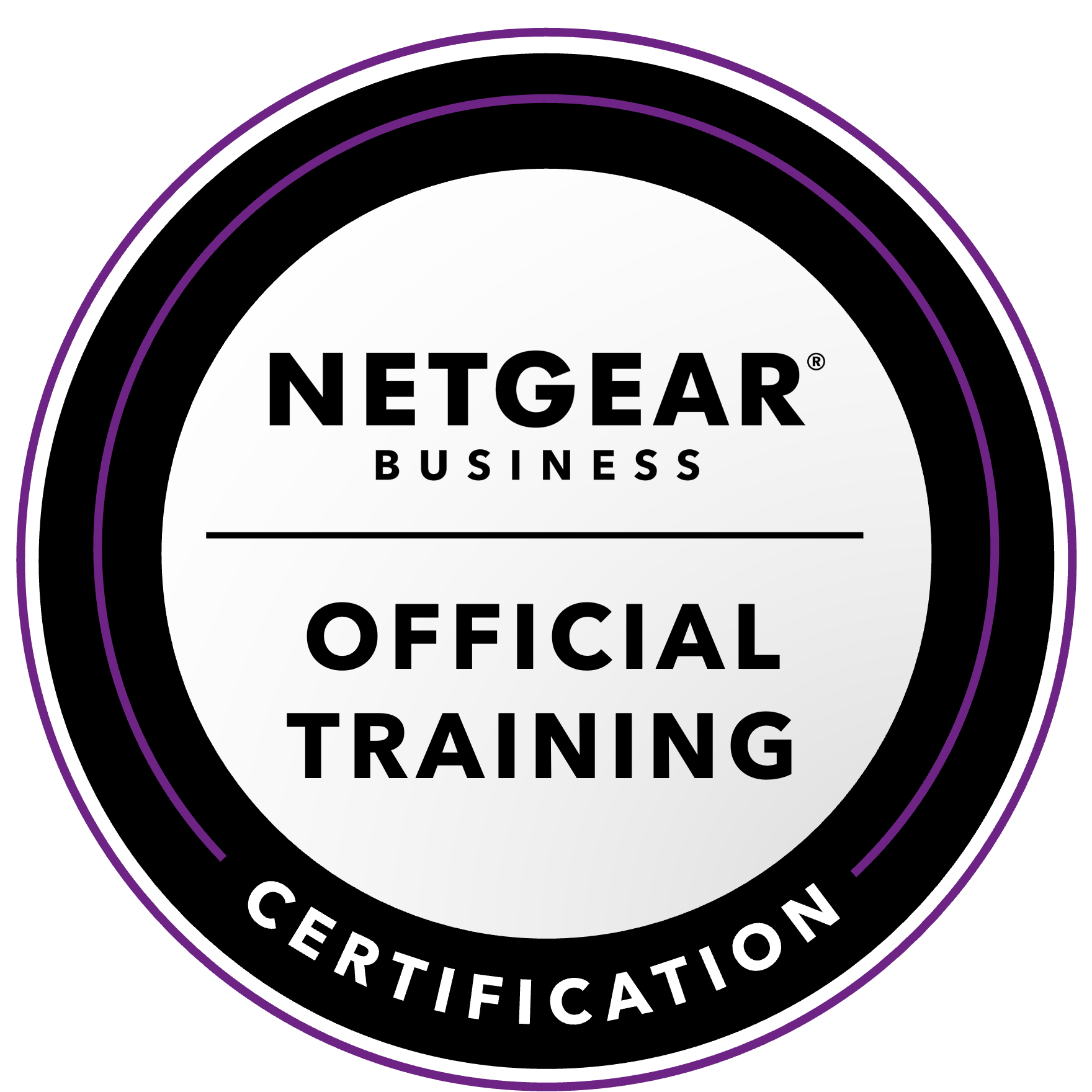NETGEAR is aware of a growing number of phone and online scams. To learn how to stay safe click here.
Forum Discussion
AnthonyDP
Oct 09, 2023Aspirant
Readynas Ultra 6 died - migrate disks
Hello,
My old but trustworthy nas (readynas ultra 6) seem to have passed, on the screen i get the "readynas" text and that's it.
Tried all sorts of things, including a new power supply.
Since the files on the disks are very important (but have no extra backup :()
I'm about to buy the same NAS from someone, also nearly 10 years old.
Few problems:
I don't know on what OS I was, i don't know what raid configuration i used.
(bet i have a photo of it somewhere on my NAS :()
The unit i'm about to buy has OS4.
If i put my drives in his NAS in the same order will this work or is it to simple?
What if i am on OS6 and the other one is OS4?
Or should i upgrade the "new" NAS to OS6 to be sure and then put the disk in the same order?
All help is greatly appreciated, if there is anything else i could try let me know.
(I tried making a USB Drive but i can't execute the program on windows for some reason)
Thanks in advance,
Anthony
AnthonyDP wrote:
Since the other NAS is on the same OS, I can just put the disks in the same order?
Or isn't it going to be that simple.
It is that simple, but I do suggest a couple of steps first. Used NAS sometimes aren't fully functional.
First install a test disk (just one in slot 1) in the NAS, and let it set up. Don't use a disk in the array - whatever disk you use will be reformatted, and anything on it will be lost. Make sure you log into frontview (https://nas-ip-address/admin). The default admin password is netgear1. If you run into the SSL protocol version mismatch problem, post back and we can help with that.
Check the firmware on the replacement, and update it to 4.2.31 (final firmware) if it is running something older before migrating the disks.
If the firmware in the NAS is a different version than what is on the disks, then the OS on the disks will be either upgraded (or downgraded) to match. Downgrading sometimes isn't a good idea, but it is always safe to upgrade.
Now make sure every slot in the new NAS is functional. Do that by
- powering down the NAS
- move the disk to the next slot
- power up and confirm that the NAS boots properly
Repeat until all slots are checked.
Then power down the NAS, and migrate the disks (very important that the NAS be powered down). Power up when all disks are migrated. Assuming there was no damage as a result of the failure, it will boot up, and all settings will be identical to what you had on the old NAS.
If the disks aren't labeled by slot, then I suggest labeling them as you remove them. That makes sure you don't lose track of the slot order in the future.
You should put a proper backup plan in place, as RAID isn't enough to keep your data safe (particularly on a NAS that is over 10 years old now). Once you have everything backed up, I suggest you convert the NAS to run OS-6. But that will require a full backup first, and the conversion requires reformatting the disks. We can provide instructions when the time comes.
5 Replies
Replies have been turned off for this discussion
- StephenBGuru - Experienced User
AnthonyDP wrote:
I don't know on what OS I was, i don't know what raid configuration i used.
Converting to OS-6 is a multi-step process, which you almost certainly would have remembered doing.
Frontview with OS-4 looks like this:
Note the color scheme, particularly the frame.
The roughly equivalent screen on OS-6 looks like this:
A very different look.
Is this enough to resolve your doubts about what OS you were running?
- AnthonyDPAspirant
thanks for the screenshots
ok i'm certainly on OS4.
Since the other NAS is on the same OS, I can just put the disks in the same order?
Or isn't it going to be that simple.
Just don't want to mess the data up 😞
- StephenBGuru - Experienced User
AnthonyDP wrote:
Since the other NAS is on the same OS, I can just put the disks in the same order?
Or isn't it going to be that simple.
It is that simple, but I do suggest a couple of steps first. Used NAS sometimes aren't fully functional.
First install a test disk (just one in slot 1) in the NAS, and let it set up. Don't use a disk in the array - whatever disk you use will be reformatted, and anything on it will be lost. Make sure you log into frontview (https://nas-ip-address/admin). The default admin password is netgear1. If you run into the SSL protocol version mismatch problem, post back and we can help with that.
Check the firmware on the replacement, and update it to 4.2.31 (final firmware) if it is running something older before migrating the disks.
If the firmware in the NAS is a different version than what is on the disks, then the OS on the disks will be either upgraded (or downgraded) to match. Downgrading sometimes isn't a good idea, but it is always safe to upgrade.
Now make sure every slot in the new NAS is functional. Do that by
- powering down the NAS
- move the disk to the next slot
- power up and confirm that the NAS boots properly
Repeat until all slots are checked.
Then power down the NAS, and migrate the disks (very important that the NAS be powered down). Power up when all disks are migrated. Assuming there was no damage as a result of the failure, it will boot up, and all settings will be identical to what you had on the old NAS.
If the disks aren't labeled by slot, then I suggest labeling them as you remove them. That makes sure you don't lose track of the slot order in the future.
You should put a proper backup plan in place, as RAID isn't enough to keep your data safe (particularly on a NAS that is over 10 years old now). Once you have everything backed up, I suggest you convert the NAS to run OS-6. But that will require a full backup first, and the conversion requires reformatting the disks. We can provide instructions when the time comes.
Related Content
NETGEAR Academy

Boost your skills with the Netgear Academy - Get trained, certified and stay ahead with the latest Netgear technology!
Join Us!
